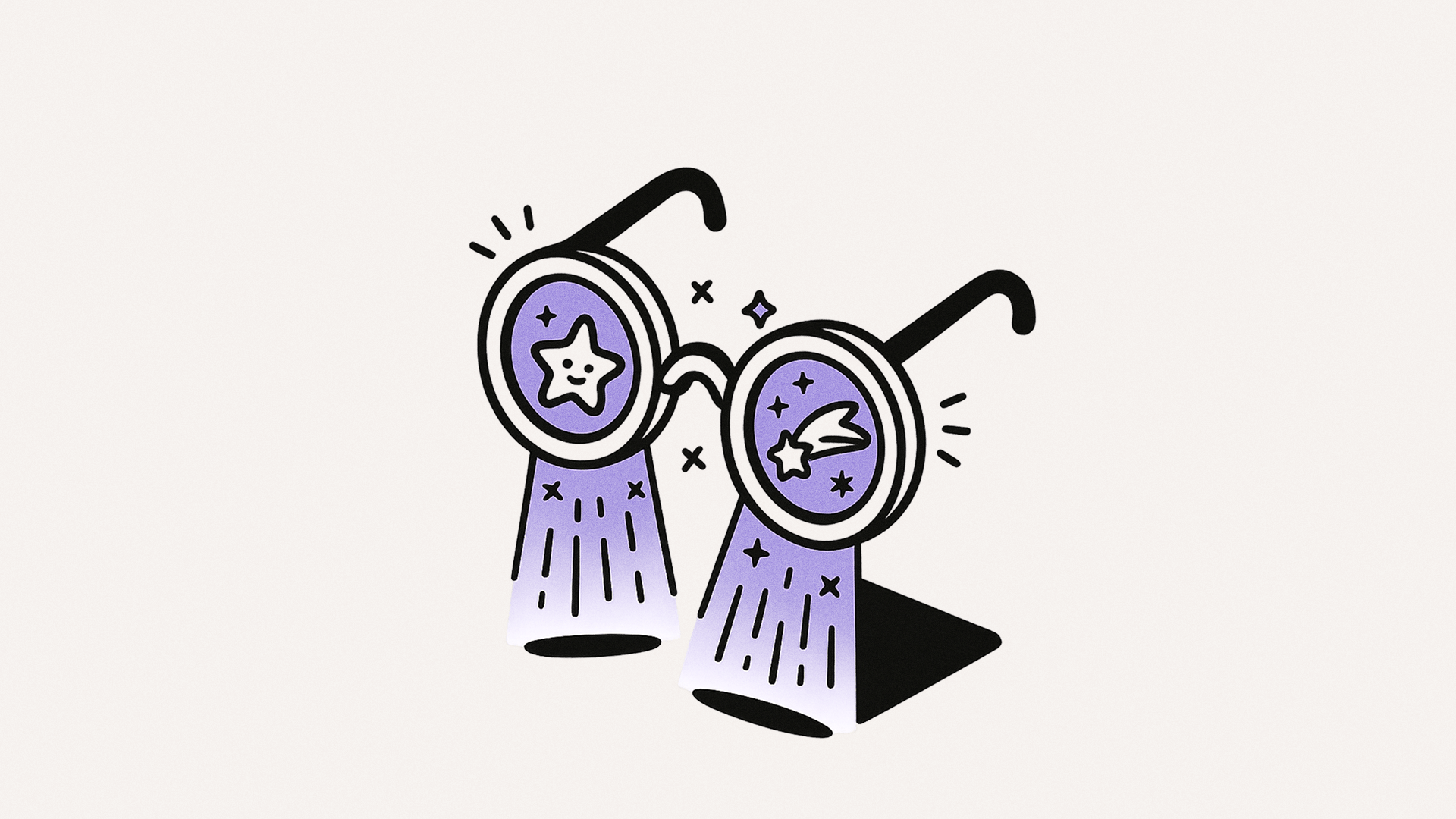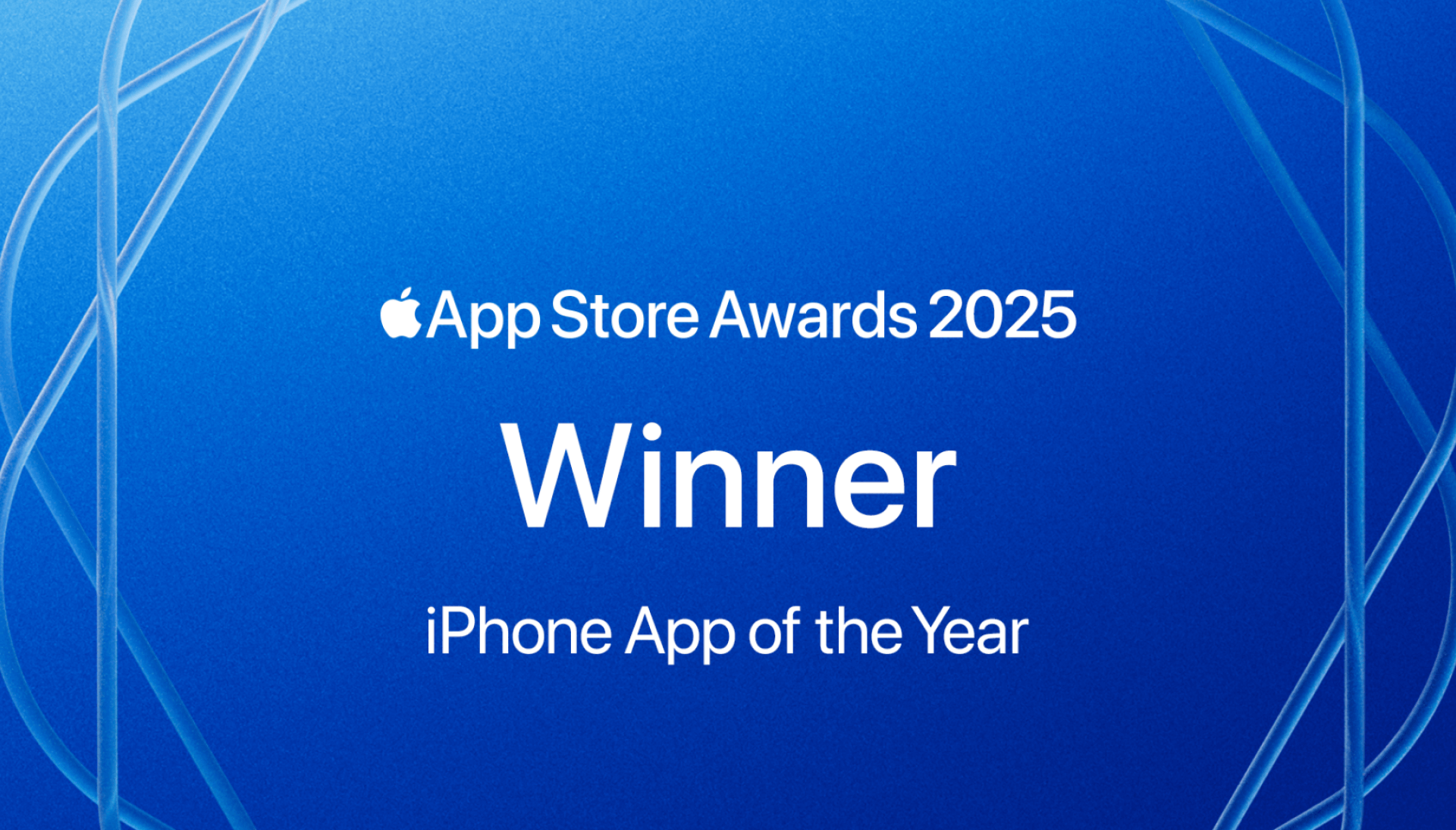
Task overload? Try the Eisenhower Matrix for ADHD
Overwhelmed by a long to-do list? The Eisenhower Matrix helps ADHD’ers cut through executive function noise by sorting tasks into clear, workable priorities.

Overwhelmed by a long to-do list? The Eisenhower Matrix helps ADHD’ers cut through executive function noise by sorting tasks into clear, workable priorities.
Managing tasks can feel overwhelming, especially when everything feels important or urgent. The Eisenhower Matrix provides a simple way to sort your to-do list, helping you focus on what truly matters while leaving room for balance and rest. Instead of trying to do it all at once, this tool helps you approach tasks with clarity, reducing stress and improving focus.
The Eisenhower Matrix is a prioritization tool that organizes tasks into four quadrants based on their urgency and importance:
Focus on these tasks immediately—they’re time-sensitive and critical to your goals.
Examples: Submitting a work project before a tight deadline, responding to a family emergency, fixing a burst pipe, or completing a last-minute school assignment.
These tasks often support your long-term goals and personal growth. Schedule them so they don’t get forgotten.
Examples: Developing a strategic plan for an upcoming work project, starting a research paper weeks before it’s due, scheduling time for exercise, or organizing a home improvement project.
When tasks demand attention but don’t require your unique input, delegate them. Freeing yourself from these tasks creates space for priorities.
Examples: Responding to routine emails, setting up a team meeting, shopping for groceries online, or printing materials for a class presentation.
This category isn’t just for cutting distractions—it’s also a reminder to prioritize rest. Breaks are essential for balance and productivity.
Examples: Mindlessly scrolling through social media, organizing files you rarely use, or binge-watching TV instead of working on a priority task.
Break down your tasks into clear priorities.
Spend your energy on what truly matters.
Avoid getting bogged down by unnecessary tasks.
Align your actions with long-term goals.
Be honest about priorities
It’s easy to feel like everything is urgent. Take a moment to pause and ask: What would happen if this didn’t get done today? Use that answer to guide your decisions.
Plan ahead for non-urgent tasks
Important but not urgent tasks often get pushed aside in favor of urgent ones. By scheduling these in advance, you can make steady progress without the last-minute scramble.
Balance productivity with rest
Not all tasks have to move you closer to a goal. Rest is essential for avoiding burnout and maintaining focus. Make space for downtime in your schedule without guilt.
Adapt the matrix for your needs
Your day-to-day priorities may change. Revisit the matrix regularly to adjust to new demands and goals.
The beauty of the Eisenhower Matrix is its simplicity. It helps you cut through the mental clutter of an overwhelming to-do list, giving you clarity and control over your time and energy. By categorizing tasks, you gain permission to let go of what’s less important and focus on what truly matters.
This isn’t just about checking items off a list but about aligning your actions with your priorities. The Matrix helps you reduce stress, get the right things done, and create space for the moments that make life meaningful. It’s a tool for balance, ensuring your time reflects not only productivity but also rest, joy, and what keeps you grounded.
Give it a try and see how this small change can reshape the way you approach your time and tasks.
Overwhelmed by a long to-do list? The Eisenhower Matrix helps ADHD’ers cut through executive function noise by sorting tasks into clear, workable priorities.
Managing tasks can feel overwhelming, especially when everything feels important or urgent. The Eisenhower Matrix provides a simple way to sort your to-do list, helping you focus on what truly matters while leaving room for balance and rest. Instead of trying to do it all at once, this tool helps you approach tasks with clarity, reducing stress and improving focus.
The Eisenhower Matrix is a prioritization tool that organizes tasks into four quadrants based on their urgency and importance:
Focus on these tasks immediately—they’re time-sensitive and critical to your goals.
Examples: Submitting a work project before a tight deadline, responding to a family emergency, fixing a burst pipe, or completing a last-minute school assignment.
These tasks often support your long-term goals and personal growth. Schedule them so they don’t get forgotten.
Examples: Developing a strategic plan for an upcoming work project, starting a research paper weeks before it’s due, scheduling time for exercise, or organizing a home improvement project.
When tasks demand attention but don’t require your unique input, delegate them. Freeing yourself from these tasks creates space for priorities.
Examples: Responding to routine emails, setting up a team meeting, shopping for groceries online, or printing materials for a class presentation.
This category isn’t just for cutting distractions—it’s also a reminder to prioritize rest. Breaks are essential for balance and productivity.
Examples: Mindlessly scrolling through social media, organizing files you rarely use, or binge-watching TV instead of working on a priority task.
Break down your tasks into clear priorities.
Spend your energy on what truly matters.
Avoid getting bogged down by unnecessary tasks.
Align your actions with long-term goals.
Be honest about priorities
It’s easy to feel like everything is urgent. Take a moment to pause and ask: What would happen if this didn’t get done today? Use that answer to guide your decisions.
Plan ahead for non-urgent tasks
Important but not urgent tasks often get pushed aside in favor of urgent ones. By scheduling these in advance, you can make steady progress without the last-minute scramble.
Balance productivity with rest
Not all tasks have to move you closer to a goal. Rest is essential for avoiding burnout and maintaining focus. Make space for downtime in your schedule without guilt.
Adapt the matrix for your needs
Your day-to-day priorities may change. Revisit the matrix regularly to adjust to new demands and goals.
The beauty of the Eisenhower Matrix is its simplicity. It helps you cut through the mental clutter of an overwhelming to-do list, giving you clarity and control over your time and energy. By categorizing tasks, you gain permission to let go of what’s less important and focus on what truly matters.
This isn’t just about checking items off a list but about aligning your actions with your priorities. The Matrix helps you reduce stress, get the right things done, and create space for the moments that make life meaningful. It’s a tool for balance, ensuring your time reflects not only productivity but also rest, joy, and what keeps you grounded.
Give it a try and see how this small change can reshape the way you approach your time and tasks.

Overwhelmed by a long to-do list? The Eisenhower Matrix helps ADHD’ers cut through executive function noise by sorting tasks into clear, workable priorities.
Managing tasks can feel overwhelming, especially when everything feels important or urgent. The Eisenhower Matrix provides a simple way to sort your to-do list, helping you focus on what truly matters while leaving room for balance and rest. Instead of trying to do it all at once, this tool helps you approach tasks with clarity, reducing stress and improving focus.
The Eisenhower Matrix is a prioritization tool that organizes tasks into four quadrants based on their urgency and importance:
Focus on these tasks immediately—they’re time-sensitive and critical to your goals.
Examples: Submitting a work project before a tight deadline, responding to a family emergency, fixing a burst pipe, or completing a last-minute school assignment.
These tasks often support your long-term goals and personal growth. Schedule them so they don’t get forgotten.
Examples: Developing a strategic plan for an upcoming work project, starting a research paper weeks before it’s due, scheduling time for exercise, or organizing a home improvement project.
When tasks demand attention but don’t require your unique input, delegate them. Freeing yourself from these tasks creates space for priorities.
Examples: Responding to routine emails, setting up a team meeting, shopping for groceries online, or printing materials for a class presentation.
This category isn’t just for cutting distractions—it’s also a reminder to prioritize rest. Breaks are essential for balance and productivity.
Examples: Mindlessly scrolling through social media, organizing files you rarely use, or binge-watching TV instead of working on a priority task.
Break down your tasks into clear priorities.
Spend your energy on what truly matters.
Avoid getting bogged down by unnecessary tasks.
Align your actions with long-term goals.
Be honest about priorities
It’s easy to feel like everything is urgent. Take a moment to pause and ask: What would happen if this didn’t get done today? Use that answer to guide your decisions.
Plan ahead for non-urgent tasks
Important but not urgent tasks often get pushed aside in favor of urgent ones. By scheduling these in advance, you can make steady progress without the last-minute scramble.
Balance productivity with rest
Not all tasks have to move you closer to a goal. Rest is essential for avoiding burnout and maintaining focus. Make space for downtime in your schedule without guilt.
Adapt the matrix for your needs
Your day-to-day priorities may change. Revisit the matrix regularly to adjust to new demands and goals.
The beauty of the Eisenhower Matrix is its simplicity. It helps you cut through the mental clutter of an overwhelming to-do list, giving you clarity and control over your time and energy. By categorizing tasks, you gain permission to let go of what’s less important and focus on what truly matters.
This isn’t just about checking items off a list but about aligning your actions with your priorities. The Matrix helps you reduce stress, get the right things done, and create space for the moments that make life meaningful. It’s a tool for balance, ensuring your time reflects not only productivity but also rest, joy, and what keeps you grounded.
Give it a try and see how this small change can reshape the way you approach your time and tasks.


Sometimes you don't have the time or energy to learn new strategies to succeed. That's why we present three simple micro-strategies to help you get things done, when you are feeling overwhelmed and defeated.

Being productive isn’t always about doing more. It’s about managing your energy. This article explains why a short, daily check-in with your brain’s battery matters. Like your phone needs to be charged, your brain needs it too.

Tiimo has been awarded the iPhone App of the Year at the 2025 App Store Awards, an honor given to only a select group of products each year. This post looks back at the learnings that have shaped the last decade of our journey.